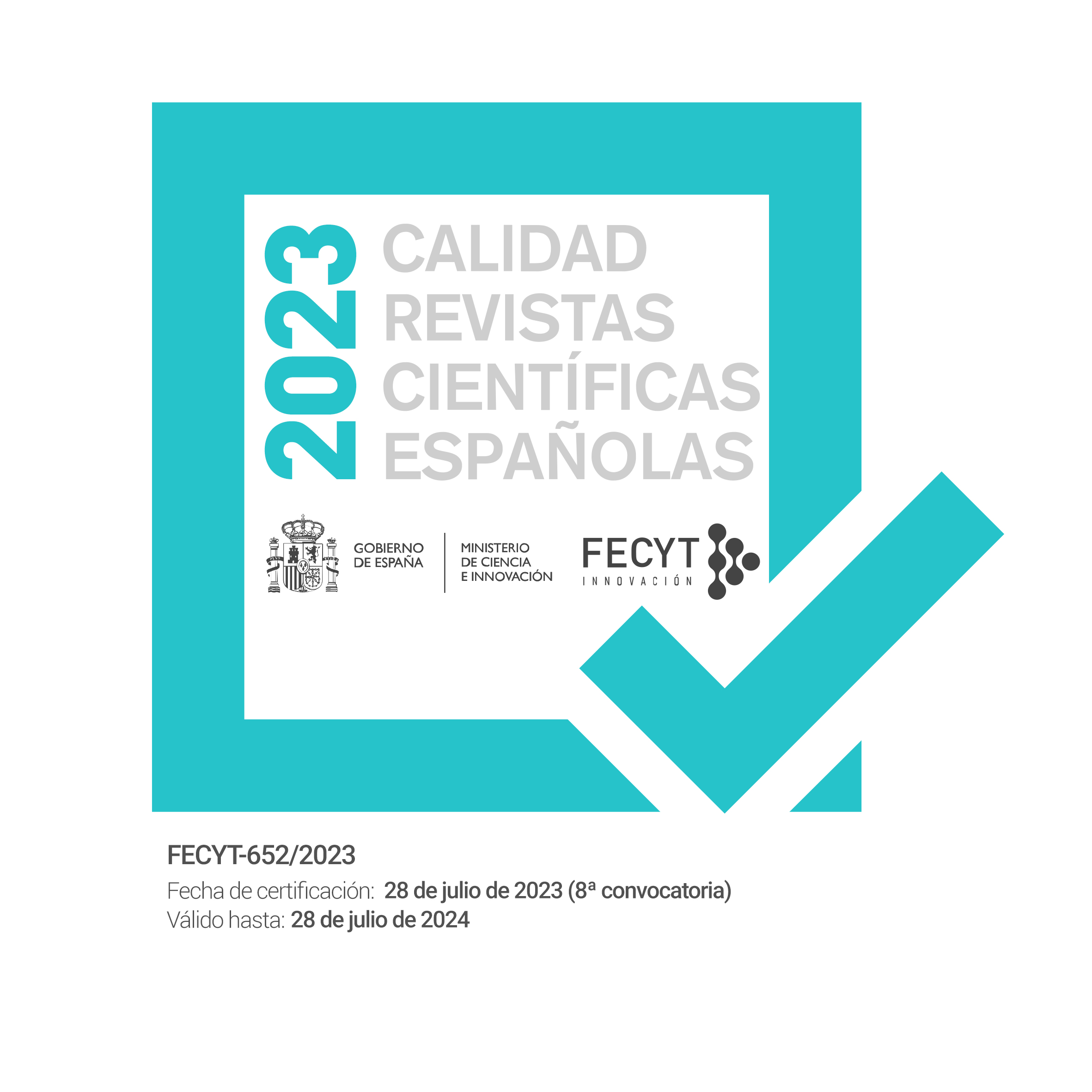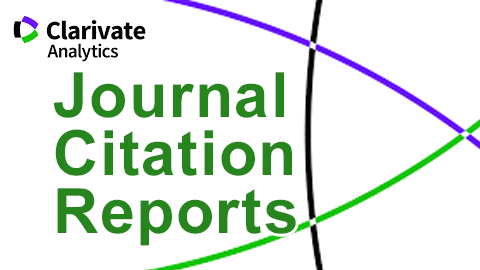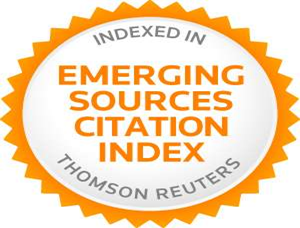When Watching is not Enough: The Effects of Captions on L2 Pragmatics Acquisition and Awareness
Resumen
Abstract
The present study explores the possible effects of captions to enhance second language pragmatics acquisition and awareness when watching TV series. Twenty-eight undergraduate English as a Foreign Language (levels B2 to C1) learners who volunteered for the study were assigned to two groups (captioned/non-captioned conditions). The participants were exposed to one season of a TV sitcom as part of out-of-class activities and not as a task in the classroom; neither of the groups had received instruction on pragmatics in class. To test the acquisition of the second language pragmatics (requests and suggestions), a written discourse completion test was used following a pre/post-test design. Results show an overall positive effect of the audiovisual support on the use of some of the request and suggestion strategies and on certain aspects of pragmatic awareness. However, there was no clear effect of captions versus the non-captioned condition. Findings are discussed considering previous studies in foreign language contexts.
Keywords: L2 pragmatic acquisition; L2 pragmatic awareness; captions; EFL; out-of-class activity
El presente estudio explora los efectos de los subtítulos para potenciar la adquisición de la pragmática y la conciencia pragmática de la segunda lengua al visionar series de televisión. Veintiocho estudiantes voluntarios, universitarios de inglés como lengua extranjera con niveles B2 a C1, fueron asignados a dos grupos (con y sin subtítulos). Los participantes vieron una temporada de una serie televisiva como parte de sus actividades fuera de clase y no como una tarea en el aula; ninguno de los grupos había recibido instrucción sobre pragmática en clase. Para valorar la adquisición de la pragmática de la segunda lengua (solicitudes y sugerencias), se utilizó una prueba escrita de compleción de discurso siguiendo un diseño de pre/ post- prueba. Los resultados muestran un efecto positivo del apoyo audiovisual en el uso de algunas estrategias de solicitud y sugerencia y en ciertos aspectos de la conciencia pragmática. Sin embargo, no hubo un efecto claro de los subtítulos versus la condición sin subtítulos. Los resultados se discuten a la luz de estudios previos en contextos de lengua extranjera.
Palabras clave: adquisición de la pragmática de la L2; conciencia pragmática de la L2; subtítulos; inglés como lengua extranjera; actividad fuera del aula.
Citas
Abdollahizadeh, F., Arjmandi, M. & Vahdany, F. (2014). The effect of explicit metapragmatic instruction on request speech act awareness of intermediate EFL students at institute level. Universal Journal of Educational Research, 2(7), 504-511. doi: 10.13189/ujer.2014.020702
Abrams, Z. I. (2014). Using film to provide a context for teaching L2 pragmatics. System, 46, 55-64.
Achiba, M. (2003). Learning to Request in a Second Language: A Study of Child Interlanguage Pragmatics. Clevedon: Multilingual Matters.
Alcón, E. (2001). Developing pragmatic competence in the academic setting: The case of suggestions in NS/NNS advising sessions. In S. Posteguillo, I. Fortanet & J. C. Palmer (Eds.), Methodology and New Technologies in Language for Specific Purposes (pp. 79-86). Castelló: Servei de Publicacions de la Universitat Jaume I.
Alcón, E. (2005). Does instruction work for learning pragmatics in the EFL context? System, 33, 417-435. doi: 10.1016/j.system.2005.06.005
Alcón, E. & Pitarch, J. G. (2010). The effect of instruction on learners' pragmatic awareness: A focus on refusals. International Journal of English Studies, 10(1), 65-80.
Alcón, E. & Safont, M. P. (2001). Occurrence of exhortative speech acts in ELT materials and natural speech data: A focus on request, suggestion and advice realization strategies. SELL: Studies in English Language and Linguistics, 3, 5-22.
Alcón, E. & Safont, M. P. (Eds). (2008). Intercultural language use and language learning. International Journal of Applied Linguistics, 18(1), 103-106. doi: 10.1111/j.1473-4192.2008.00186.x
Allan, D. (1992). Oxford Placement Test. Oxford: Oxford University Press.
Allan, M. (1985). Teaching English with Video. Harlow: Longman.
Arthur, P. (1999). Why use video? A teacher’s perspective. VSELT, 2:4.
Bairstow, D. & Lavaur, J. M. (2012). Audiovisual information processing by monolinguals and bilinguals: Effects of intralingual and interlingual subtitles. Approaches to Translation Studies, 36, 273-293.
Bardovi-Harlig, K. (2013). Developing L2 pragmatics. Language Learning, 63(1), 68–86. doi: 10.1111/j.1467-9922.2012.00738.x
Bardovi-Harlig, K. (2015). Operationalizing conversation in studies of instructional effect in L2 pragmatics. System, 48, 21-34. doi: 10.1016/j.system.2014.09.002
Bardovi-Harlig, K. & Hartford, B. S. (1993). Learning the rules of academic talk. Studies in Second Language Acquisition, 15(3), 279-304. doi: 10.1017/S0272263100012122
Barón, J., Celaya, M. L. & Levkina, M. (2020). Learning pragmatics through tasks. When interaction plays a role. Applied Pragmatics, 21, 1-25. doi: 10.1075/ap.18010.bar
Bruti, S. (2016). Audiovisual texts and subtitling in the teaching of pragmatics. Trans-kom, 9(2), 186-207.
Chalak, A. & Abbasi, S. (2015). The effects of explicit and implicit pragmatic instruction on Iranian EFL learners’ production of suggestion speech act in the context of distance learning. Journal of Applied Linguistics and Language Research, 2(4), 275-284.
Cohen, A. D. & Shively, R. L. (2007). Acquisition of requests and apologies in Spanish and French: Impact of study abroad and strategy-building intervention. The Modern Language Journal, 91(2), 189-212. doi: 10.1111/j.1540-4781.2007.00540.x
Danan, M. (2004). Captioning and subtitling: Undervalued language learning strategies. Meta: Journal Des Traducteurs, 49(1), 67-77. doi: 10.7202/009021ar
Dastjerdi, H. V. & Rezvani, E. (2010). The impact of instruction on Iranian intermediate EFL learners’ production of requests in English. Journal of Language Teaching and Research, 1(6), 782-790. doi: 10.4304/jltr.1.6.782-790
Economidou-Kogetsidis, M., Soteriadou, L. & Taxitari, L. (2018). Developing pragmatic competence in an instructed setting: The effectiveness of pedagogical intervention in Greek EFL learners’ request production. L2 Journal, 10(3), 2-30. doi: 10.5070/l210333950
Félix-Brasdefer, J. C. (2007). Pragmatic development in the Spanish as a FL classroom: A cross-sectional study of learner requests. Intercultural Pragmatics, 4(2), 253-286.
Félix-Brasdefer, J. C. (2008). Pedagogical intervention and the development of pragmatic competence in learning Spanish as a foreign language. Issues in Applied Linguistics, 16(1), 49-84. doi: 10.1093/elt/56.1.96
Frumuselu, A. D., De Maeyer, S., Donche, V. & Gutiérrez Colón, M. M. (2015). Television series inside the EFL classroom: Bridging the gap between teaching and learning informal language through subtitles. Linguistics and Education, 32, 107-117. doi: 10.1016/j.linged.2015.10.001
Gilabert, R. & Barón, J. (2013). The impact of increasing task complexity on L2 pragmatic moves. In K. Mcdonough & A. Mackey (Eds.), Second Language Interaction in Diverse Educational Contexts (pp. 45-70). Amsterdam: John Benjamins.
González-Lloret, M. (2019). TBLT and L2 pragmatics. In N. Taguchi (Ed.), Routledge Handbook of SLA and Pragmatics (pp. 338-353). New York: Routledge.
Guillory, H. G. (1998). The effects of keyword captions to authentic French video on learner comprehension. CALICO Journal, 15, 89-108. doi: 10.1558/cj.v15i1-3.89-108
Hassall, T. (2003). Requests by Australian learners of Indonesian. Journal of Pragmatics, 35(12), 1903-1928. doi: 10.1016/S0378-2166(03)00115-2
House, J. & Kasper, G. (1981). Politeness markers in English and German. In F. Coulmas (Ed.), Conversational Routine: Explorations in Standardized Communication Situations and Prepatterned Speech (pp. 157-185). The Hague: Mouton.
Iraji, H. R., Enayat, M. J. & Momeni, M. (2018). The effects of implicit and explicit instruction on the academic interlanguage pragmatic knowledge of Iranian EFL learners. International Journal of English Language and Translation Studies, 6(1), 171-178.
Jalilifar, A. (2009). Request strategies: Cross-sectional study of Iranian EFL learners and Australian native speakers. English Language Teaching, 2(1), 46–61. doi: 10.5539/elt.v2n1p46
Khazdouzian, Y., Barón, J. & Celaya, M. L. (2019). Learners’ experience with pragmatics while watching TV series. Paper delivered at the Fifth Annual Spring Research Seminar Universitat Internacional de Catalunya: Research update on teaching and learning in multilingual contexts. Barcelona, Spain.
Koike, D. A. (1996). Transfer of pragmatic competence and suggestions in Spanish foreign language learning. In S. M. Gass & J. Neu (Eds.), Speech Acts Across Cultures (pp. 257-281). Berlin: Mouton de Gruyter.
Krisnawati, E. (2011). Pragmatic competence in the spoken English classroom. Indonesian Journal of Applied Linguistics, 1(1), 105-115. doi: 10.17509/ijal.v1i1.102
Li, S. (2013). The role of instruction in developing pragmatic competence in L2 Chinese: A review of empirical evidences. In Z. Jing-Schmidt (Ed.), Increased Empiricism: Recent Advances in Chinese Linguistics (pp. 293-308). Amsterdam and Philadelphia: John Benjamins.
Liu, B. M. & Wang, D. (2012). Learning to make suggestions in a U.S. chemistry lab: A case study of a Chinese ITA. In G. Gorsuch (Ed.), Working Theories for Teaching Assistant Development: Time-tested & Robust Theories, Frameworks, & Models for TA & ITA Learning (pp. 655-671). Stillwater, OK: New Forums Press.
Markham, P. L. & Peter, L. A. (2003). The influence of English language and Spanish language captions on foreign language listening/reading comprehension. Journal of Educational Technology Systems, 31(3), 331-341. doi: 10.2190/BHUH-420B-FE23-ALA0
Martínez-Flor, A. (2004). The Effect of Instruction on the Development of Pragmatic Competence in the English as a Foreign Language Context: A Study Based on Suggestions. PhD. dissertation, Universitat Jaume I, Castelló de la Plana, Spain.
Martínez-Flor, A. & Fernández Guerra, A. B. (2002). Coursebooks and films in foreign language teaching: A pragmatic approach. SELL: Studies in English Language and Linguistics, 4, 181-206.
Mayer, R. (2009). Multimedia Learning. New York: Cambridge University Press.
Montero Pérez, M., Van Den Noortgate, W. & Desmet, P. (2013). Captioned video for L2 listening and vocabulary learning: A meta-analysis. System, 41(3), 720-739. doi: 10.1016/j.system.2013.07.013
Muñoz, C. (2017). The role of age and proficiency in subtitle reading. An eye-tracking study. System, 67, 77-86. doi: 10.1016/j.system.2017.04.015
Pattemore, M. (2017). Task-based Assessment of L2 Pragmatics: Eliciting Authentic Suggestion Strategies in an EFL Context. MA dissertation, Universitat de Barcelona.
Pujadas, G. & Muñoz, C. (2020). Examining adolescent EFL learners’ TV viewing comprehension through captions and subtitles. Studies in Second Language Acquisition, 42(3), 551-575. doi: 10.1017/S0272263120000042 (first view).
Qi, X. & Lai, C. (2017). The effects of deductive instruction and inductive instruction on learners’ development of pragmatic competence in the teaching of Chinese as a second language. System, 70, 26-37.
Rafieyan, V., Sharafi-Nejad, M. & Eng, L. S. (2014). Effect of pragmatic instruction on sustainable development of pragmatic awareness. Journal of Studies in Education, 4(1), 206-218.
Rezvani, E., Eslami-Rasekh, A. & Dastejerdi, H. (2014). Investigating the effects of explicit and implicit instruction on Iranian EFL learners’ pragmatic development: Speech acts of request and suggestion in focus. International Journal of Research Studies in Language Learning, 3(7), 3-14.
Rose, K. R. (1997). Pragmatics in the classroom: Theoretical concerns and practical possibilities. In L. F. Bouton (Ed.), Pragmatics and Language Learning, vol. 8 (p. 267-295.). Champaign, Urbana, IL: University of Illinois.
Rose, K. R. (1999). Teachers and students learning about requests in Hong Kong. In E. Hinkel (Ed.), Culture in Second Language Teaching and Learning (pp. 167-180). Cambridge: Cambridge University Press.
Rose, K. R. (2001). Compliments and compliment responses in film: Implications for pragmatics research and language teaching. International Review of Applied Linguistics, 39, 309-326.
Rose, K. R. & Kwai-fun, C. N. (2001). Inductive and deductive teaching of compliments and compliment responses. In K. R. Rose & G. Kasper (Eds.), Pragmatics in Language Teaching (pp. 145-170). Cambridge: Cambridge University Press.
Scarcella, R. (1979). On speaking politely in a second language. In C. A. Yorio, K. Perkins & K. Schachter (Eds.), On TESOL ’79: The Learner in Focus (Vol. 27, pp. 275-287). Washington: TESOL.
Schmidt, R. (1993). Awareness and second language acquisition. Annual Review of Applied Linguistics, 13, 206-226. doi: 10.1017/S0267190500002476
Taguchi, N. (2015). Instructed pragmatics at a glance: Where instructional studies were, are, and should be going. Language Teaching, 48(1), 1-50.
Taguchi, N., & Kim, Y. (2018). Task-based approaches to teaching and assessing pragmatics: An overview. In N. Taguchi & Y. Kim (Ed.), Task-Based Approaches to Teaching and Assessing Pragmatics (pp. 2-24). Amsterdam and Philadelphia: John Benjamins.
Taguchi, N. & Roever, C. (2017). Second Language Pragmatics. Oxford: Oxford University Press.
Takahashi, S. (2001). The role of input enhancement in developing pragmatic competence. In K. R. Rose & G. Kasper (Eds.), Pragmatics in Language Teaching (pp. 171-199). Cambridge: Cambridge University Press.
Takkaç Tulgar, A. (2016). The role of pragmatic competence in foreign language education. Turkish Online Journal of English Language Teaching, 1(1), 10-19.
Talaván, N. (2007). Learning vocabulary through authentic video and subtitles. TESOL-Spain Newsletter, 31, 5-8.
Trosborg, A. (1995). Statutes and contracts: An analysis of legal speech acts in the English language of the law. Journal of Pragmatics, 23(1), 31-53. doi: 10.1016/0378-2166(94)00034-C
Vanderplank, R. (2010). Déjà vu? A decade of research on language laboratories, television and video in language learning. Language Teaching, 43(1), 1-37. doi: 10.1017/S0261444809990267
Descargas
Publicado
Número
Sección
Licencia
Reconocimiento – No comercial (CC BY-NC). Bajo esta licencia el usuario puede copiar, distribuir y exhibir públicamente la obra y puede crear obras derivadas siempre y cuando estas nuevas creaciones reconozcan la autoría de la obra original y no sean utilizadas de manera comercial.
Los autores retienen todos sus derechos de publicación y copyright sin restricciones.









